Flying is exhilarating, but the stress it puts on your skin? Not so much. The challenges of long-haul flights extend beyond jet lag; they affect your skin, too. The environment within an airplane cabin is extremely dry. The result? Your skin is deprived of its much-needed moisture. Combine that with the high altitude that exposes us to more UV radiation, and you’ve got a recipe for dehydrated, irritated skin. But fear not; skincare for long flights is something we can help you with. Rehydrating and healing your skin post-flight is an achievable mission, and we’re here to guide you through a step-by-step process.
Contents
Does Flying Expose Us to Damaging UV Rays?
Yes, commercial airplanes expose passengers to a certain level of UV (ultraviolet) radiation. When flying at high altitudes, particularly during daytime or when the aircraft is above cloud cover, there’s an increased exposure to UV radiation. A 2014 study published in “JAMA Dermatology” found that airplane windows and windshields are typically made of polycarbonate plastic or multilayer composite glass that blocks UVB transmission but not UVA. UVA rays are associated with skin aging and skin cancer. For pilots, the study found that flying in a cockpit for about an hour at 30,000 feet exposes them to the same amount of UVA radiation as a 20-minute tanning bed session. These rays can also harm passengers sitting in a window seat and flight attendants who frequently fly.
Airplane Skincare Before the Flight
Before a flight, it’s important to prepare your skin for the dry air in the airplane cabin with a proper travel skincare routine. According to skincare experts, you should start by cleansing your face with a creamy cleanser and then apply a super-powered serum. Next, use a rich moisturizer. Don’t forget to apply sunscreen with at least SPF 30+ to protect your skin from harmful UV rays during the flight.
What to Do and Not to Do During the Flight?
Besides wearing SPF on your face, dermatologists also recommend choosing a hand cream and a lip balm that contains SPF, so sunscreen on airplanes is a must. It’s also advisable to wear sun-protective clothing and close the window blind to reduce risk drastically. Drink plenty of water before and during the flight. Consume more potassium and magnesium-rich foods. Avoid caffeine and alcohol, as those lead to dehydration.
Why Is Post-Flight Skincare Routine Important?
A proper post-flight skincare routine is crucial to restoring your skin’s health after air travel. Hydration and moisturizing techniques play a significant role in rehydrating the skin post-flight. Using serums, moisturizers, and specific hydration methods designed for post-flight care is essential to restoring the lost moisture in the skin.
Using UFO™ 3 for Post-Flight Rehydration and Soothing
Face masks offer incredible benefits post-flight. They provide an intense dose of hydration and essential nutrients that rejuvenate the skin. The perfect companion to face masks is UFO™ 3 – a cutting-edge hydration device designed to redefine your skincare routine, especially after a long flight. Combining technologies that maximize the absorption of skincare products, UFO™ 3 significantly enhances the rehydration of the skin post-flight. Its LED light therapy, combined with the thermotherapy and cryotherapy functions, provides a spa-like experience whenever and wherever you want it.
For those who travel often and want to keep their luggage as light as possible, UFO™ 3’s more compact and lightweight little sister UFO™ 3 go, will ensure skin stays hydrated and radiant on the go.
Post-flight, using a device like the UFO™ 3 can take rehydration to the next level, while red LED can help soothe your skin after sun exposure. To use it, begin with a thoroughly cleansed face, then connect the device to its accompanying app and follow the provided step-by-step instructions. Each step works to enhance hydration and rejuvenate the skin. Always adhere to the provided guidelines for best results.
Additional Post-Flight Skincare Tips
Dietary Tips for Hydrated Skin
Maintaining hydrated skin goes beyond topical applications. The foods you consume play a role in skin hydration. Including water-rich foods such as cucumber, watermelon, and leafy greens in your diet contributes to overall skin hydration. Essential fatty acids found in avocados, nuts, and fish also aid in moisturizing the skin from within.
Importance of Hydrating Ingredients
Selecting skincare products containing hydrating ingredients like hyaluronic acid, glycerin, and aloe vera amplifies skin moisture. These ingredients help to lock in hydration, preventing skin from drying out due to in-flight moisture loss. Choose products designed to replenish and restore the skin’s natural moisture barrier.
Lifestyle Practices for Post-Flight Skin Rehydration
In addition to skincare products, lifestyle choices are integral for rehydrating the skin post-flight. Adequate rest and sleep are crucial, as the body repairs and rejuvenates during sleep. Also, try to minimize exposure to air-conditioning and use a humidifier to maintain the air’s moisture content. Incorporating stress-relieving activities like yoga, meditation, or a relaxing bath can aid in rehydrating the skin.
In the whirlwind of our busy lives, post-flight skincare is a critical yet often overlooked aspect of self-care. These practices, along with a proper diet and lifestyle adjustments, help minimize air travel’s visible effects. Remember, it’s not just about traveling but also about the glow that travels with you. With good skincare practices and innovative technology, you can confidently navigate your journey, looking and feeling your best, no matter the destination.


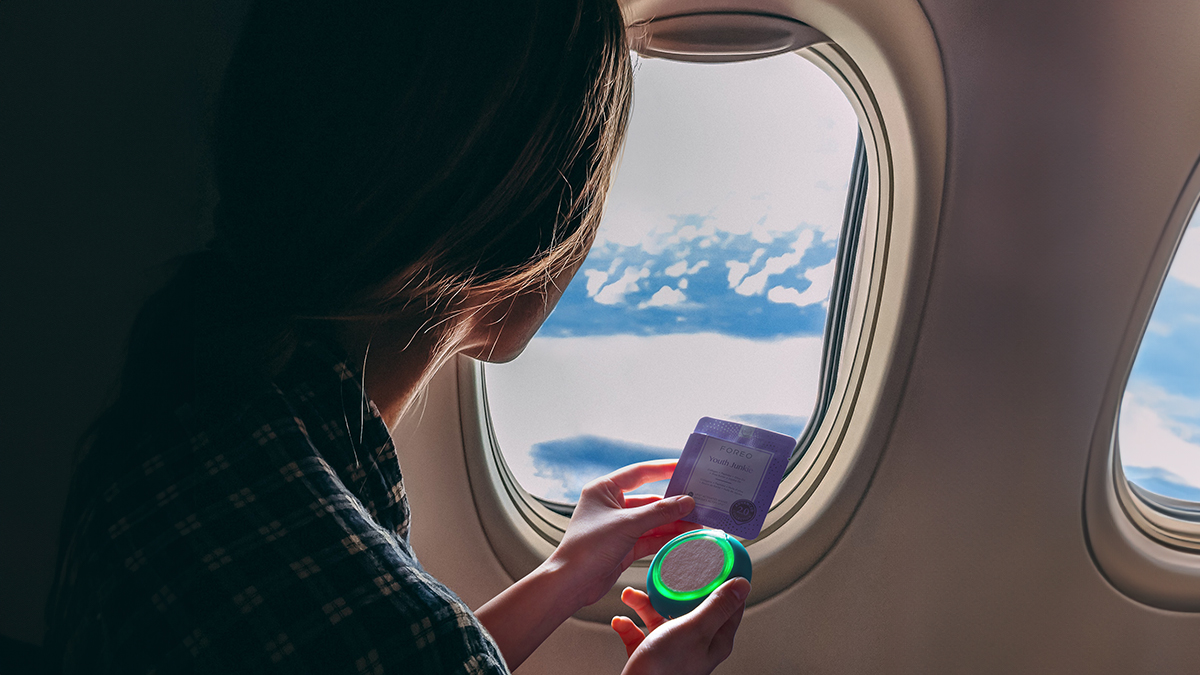
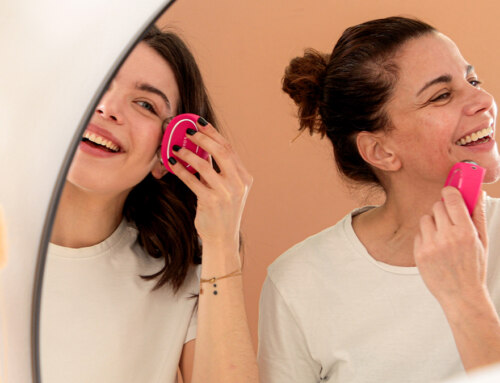
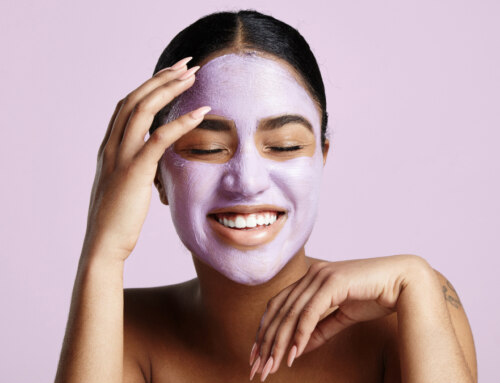
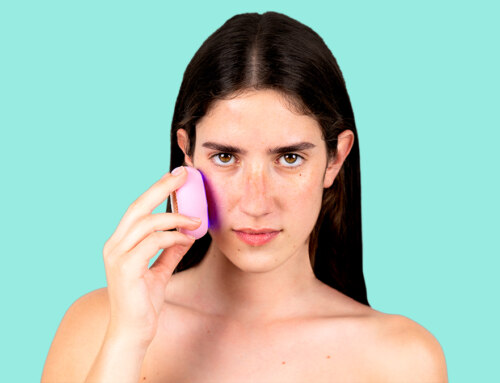
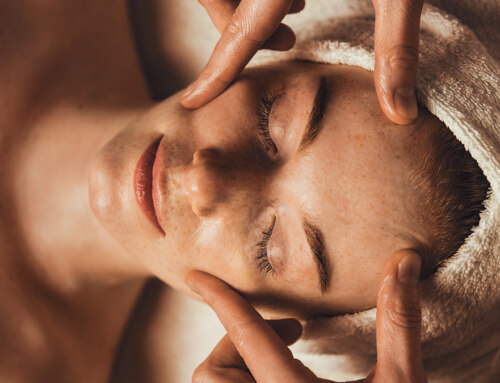

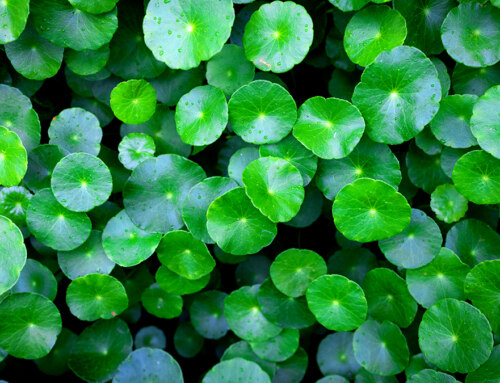
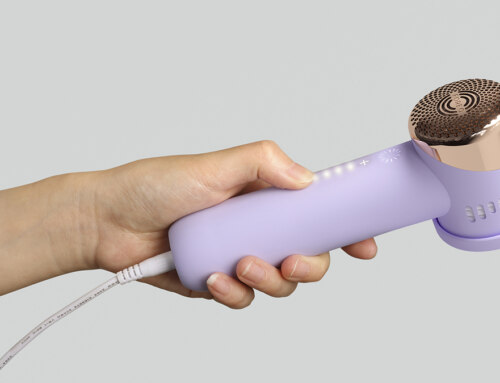
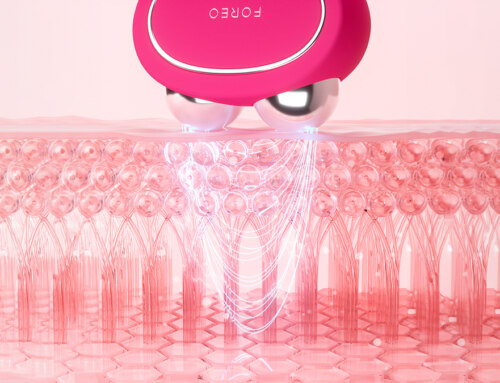
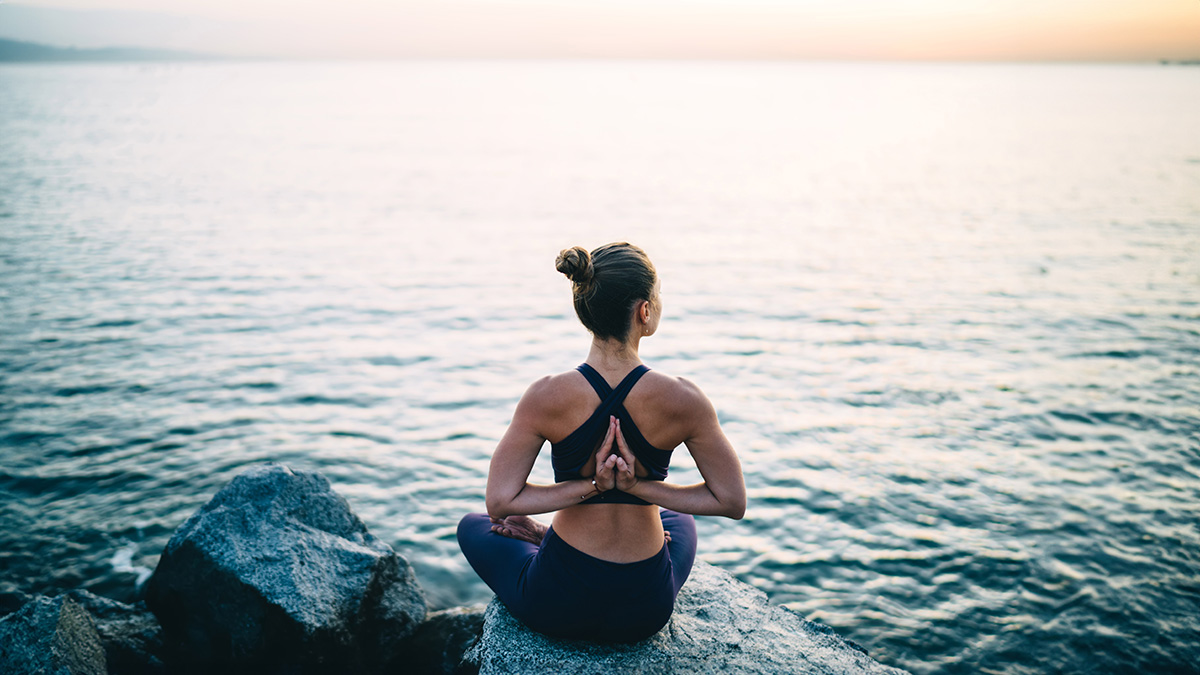


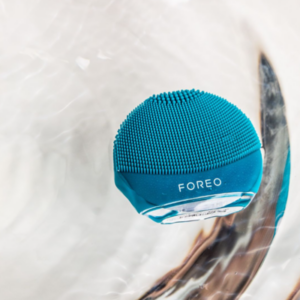
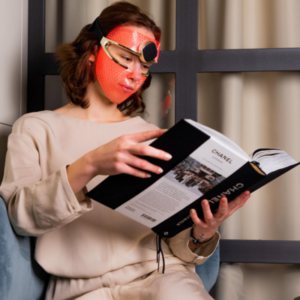
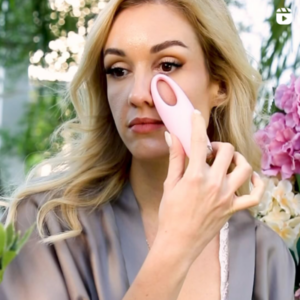
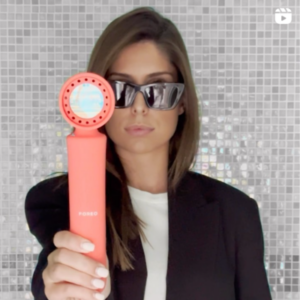
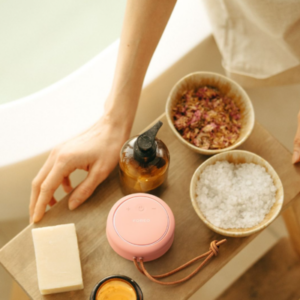
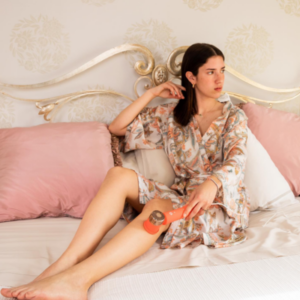
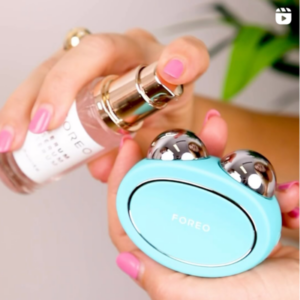
I’m saving these tips for my next business trip! Flights always do a number on my skin, so this is something I’m hoping to avoid next time! Thank you for sharing :)
Hello Catalina,
thank you for sharing! We are glad to help you with your skincare traveling tips! Keep reading for more. :)
It is working nicely! Nice tip
Thank You. We’re happy to hear that!
Great post,I’m saving these tips for my next business trip! Flights always do a number on my skin, so this is something I’m hoping to avoid next time! Thank you for sharing :)
Hello Fashionandstylez,
You’re very welcome! We’re thrilled to hear that you enjoyed the article. If you have any more questions or topics you’d like to see covered, feel free to let us know!
Nice post! I love the way you explain the subject.
Thank you for your comment! We’re glad you enjoyed the article. We hope these tips help you keep your skin hydrated and healthy during your next flight! Let us know if you have any other questions or concerns.